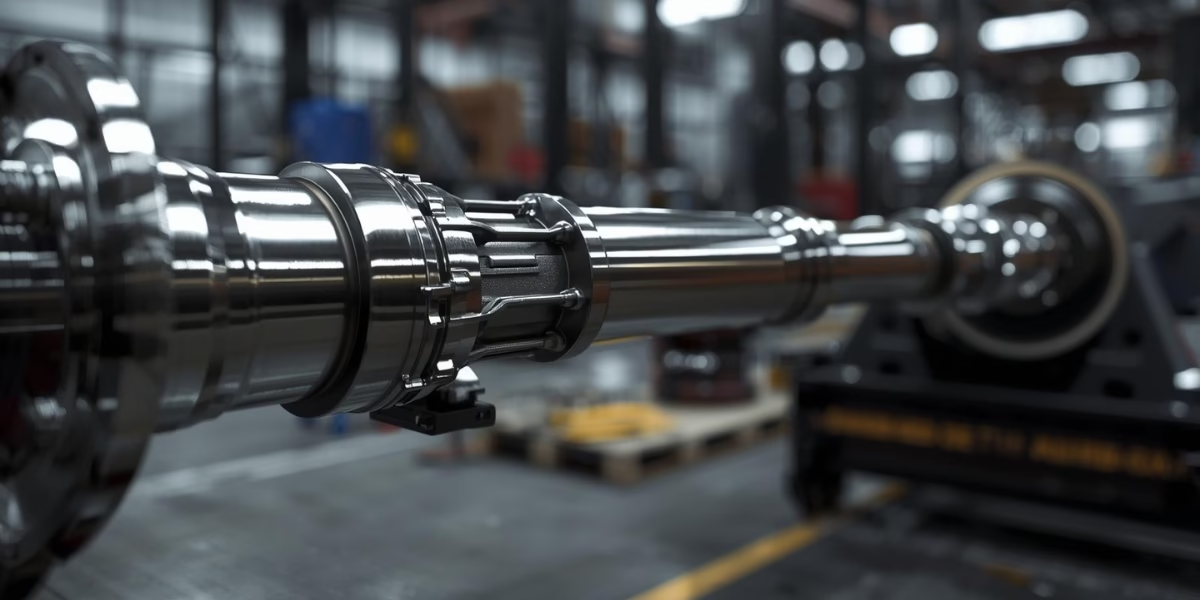Lightweight engineering has become one of the biggest priorities in today’s mobility and energy sectors. With stricter emission norms and rising fuel costs, manufacturers are searching for materials that provide both strength and efficiency. As a result, filament winding resin has become a popular choice in the development of composite drive shafts and advanced high-pressure gas cylinders.
This specialized resin system delivers excellent mechanical strength, long-term durability, and a remarkable reduction in weight. Because of these advantages, it is now used widely in both automotive and industrial applications. This blog explores how filament winding resin is shaping the future of mobility and pressure containment, while supporting better fuel efficiency and safer lightweight designs.
Why Filament Winding Resin Is Demanded in the Automotive Sector?
Automotive engineers face growing pressure to design vehicles that consume less fuel but still perform at a high level. Every kilogram removed from a vehicle contributes to improved mileage. Moreover, lighter components help reduce noise, vibration, and harshness. At the same time, the energy sector requires gas cylinders that store large amounts of fuel without adding unnecessary mass. Therefore, industries need materials that balance weight, strength, and reliability. This is where filament winding resin delivers a strong advantage.
Understanding Filament Winding Resin
Filament winding is a composite manufacturing process that uses continuous fibers usually glass or carbon wound around a rotating mandrel. To bind these fibers and deliver structural strength, a resin system is used. This resin acts as both the matrix and the protector of the fibers. It provides rigidity, impact resistance, and long-term durability.
Because the resin controls how the fibers behave under load, the performance of the final part depends greatly on the filament winding resin selected. The right resin ensures excellent bonding, high fatigue strength, superior heat resistance, and consistent structural behavior.
Filament Winding Resin in Composite Drive Shafts
Composite drive shafts are increasingly replacing conventional steel shafts in performance cars, commercial vehicles, and electric vehicles. The switch is not only due to weight reduction but also because of better performance and smoother operation.
Lightweight Advantage for Better Fuel Efficiency
A traditional steel drive shaft is heavy and adds significant rotational mass. However, composite shafts made with filament-winding resin are up to 50% lighter. This reduction leads to improved fuel efficiency and smoother acceleration. Furthermore:
- Lighter components reduce engine load
- Vehicle responsiveness improves
- Energy losses are minimized
- Smaller, more efficient engines become possible
These benefits are essential in an era where every drop of fuel and every watt of energy count.
Superior Strength and Performance
Composite drive shafts deliver remarkable torsional strength. Since the fibers and resin work together, the shaft handles higher torque with less vibration. Because filament winding resin forms a stable matrix, drive shafts become:
- More fatigue-resistant
- Less prone to corrosion
- Capable of higher rotational speeds
- Better at damping vibrations
As a result, the overall driving experience becomes smoother, safer, and more efficient.
Filament Winding Resin in Gas Cylinders
High-pressure cylinders used for CNG, LPG, hydrogen, and industrial gases demand exceptional strength and flawless safety. Therefore, composite cylinders made with filament-winding resin have become the preferred choice.
Strength-to-Weight Ratio for High Pressure
Composite gas cylinders have a higher burst strength compared to steel cylinders while being significantly lighter. This weight reduction helps in several ways:
- Easier handling and transportation
- Higher fuel capacity without increasing total cylinder weight
- Enhanced safety due to fiber-reinforced structure
- Lower installation and operational load
Because pressure vessels operate under extreme conditions, the stability of filament winding resin becomes critical.
Corrosion-Free and Long-Lasting
Steel cylinders suffer from rust, moisture damage, and chemical corrosion. Composite cylinders, however, remain stable for years because the resin system protects the fibers and prevents environmental degradation. Therefore, industries see fewer failures and longer equipment life. This long-term reliability reduces costs and improves operational safety.
Better Fuel Storage for Modern Energy Systems
As the world moves toward hydrogen and other clean fuels, composite cylinders are increasingly used for storage and transportation. Their lightweight build allows more fuel to be carried, making renewable energy systems more flexible. Here again, filament winding resin plays a central role by ensuring that the cylinder can handle high internal pressure without stress cracking or material fatigue.
The Future of Filament Winding Resin in Mobility and Energy
The rise of electric vehicles and green energy systems will only increase the demand for advanced composite materials. Filament winding resin is expected to play an even bigger role in:
- Hydrogen fuel tanks
- Lightweight chassis components
- High-speed rotational shafts
- Energy storage cylinders
- Next-generation electric drivetrains
As industries aim for sustainability, stronger and lighter materials will become essential.
Conclusion
The shift toward lighter, stronger, and more fuel-efficient systems has made filament winding resin one of the most important technologies in today’s automotive and gas storage industries. Composite drive shafts and high-pressure gas cylinders made with this resin deliver unmatched strength-to-weight performance. They improve fuel efficiency, enhance safety, and support the transition to a cleaner, more efficient future.
As innovation accelerates, filament winding technology will continue driving progress across mobility, power, and advanced manufacturing.
COMPANY INFO
Website: www.crestresins.com
Phone: +91 9879233188
Email: enquiry@crestresins.com
Address: 605/A, 6th Floor, Tower D, Times Square Grand Office, Sindhubhavan Marg, Near Taj Hotel, Ahmedabad, Gujarat - 380059

